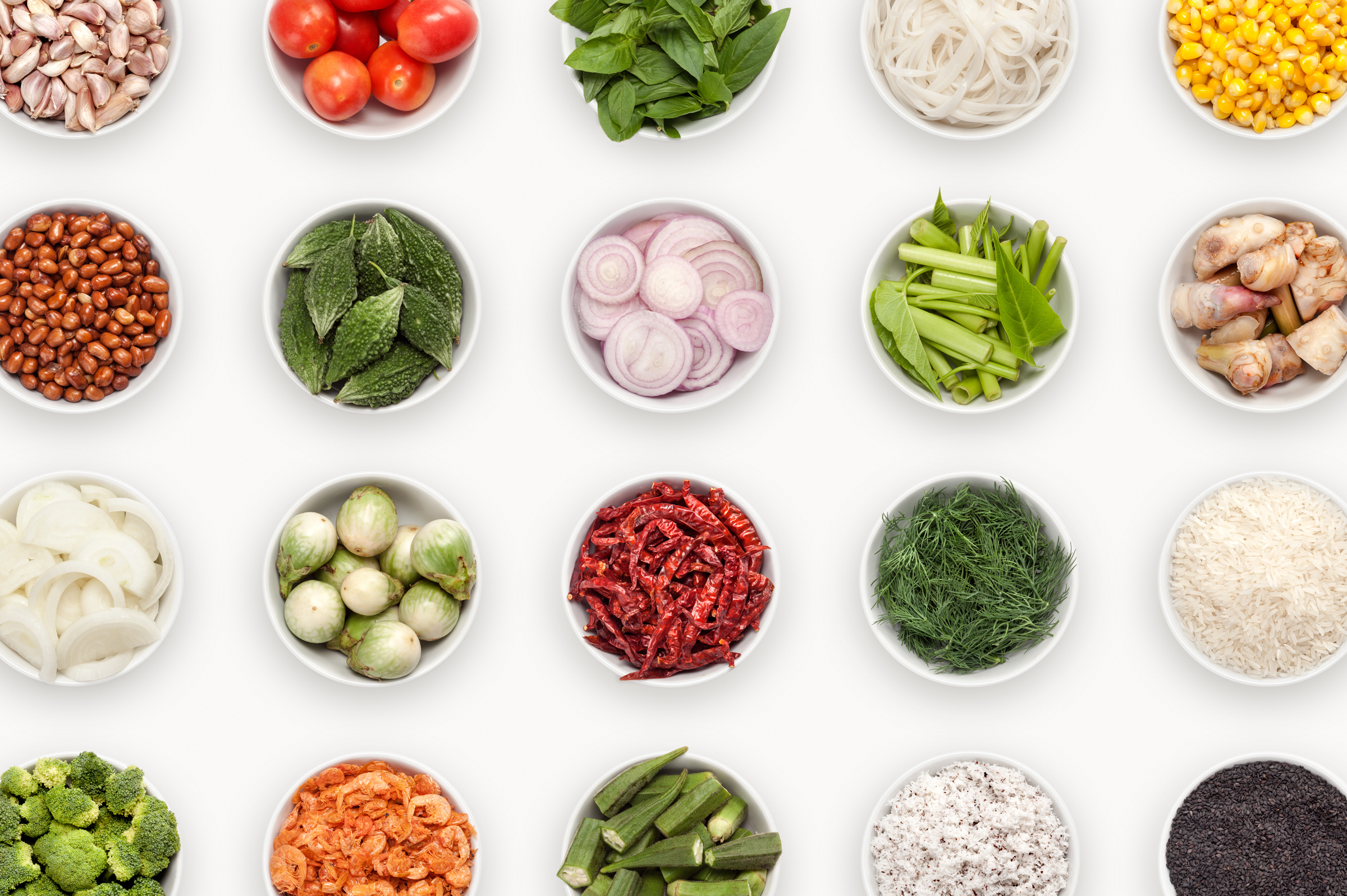Is Matcha Good for You?
Matcha has become a popular health trend in recent years, popping up in everything from lattes to smoothies and even

Share this article:
Matcha has become a popular health trend in recent years, popping up in everything from lattes to smoothies and even